Table of Contents
Introduction to Curry
Curry is more than just a dish—it's a vibrant, aromatic journey that tells a story through its colors, textures, and flavors. Whether you're an amateur enthusiast or a seasoned professional, understanding the spices that create authentic curry can transform your cooking. In this article, we'll explore the essential spices behind curry, their roles, and practical tips to enhance your culinary experience.
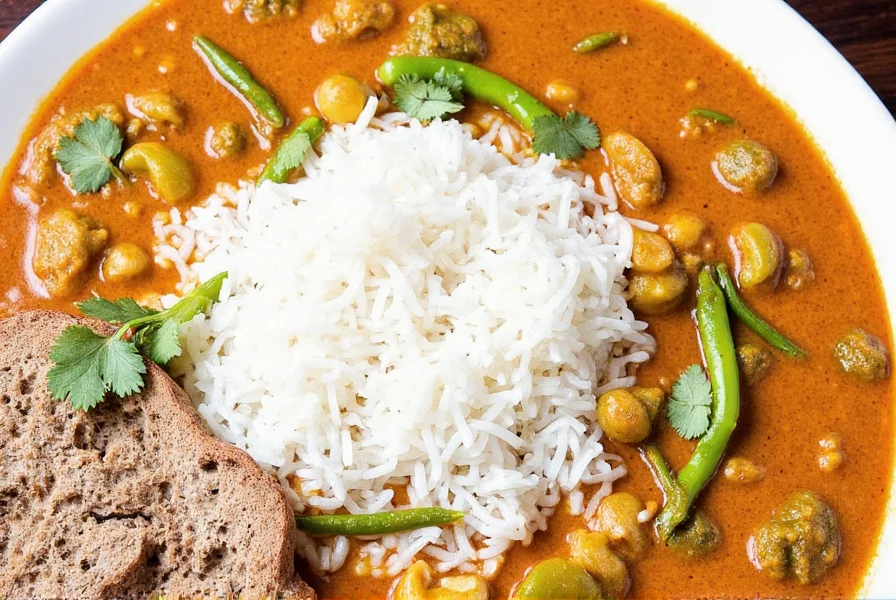
Spice Basics: What Makes a Curry Special?
At the heart of every great curry is a blend of spices. These are not just flavor enhancers; they're the soul of the dish. Let's take a look at some of the most common spices used in curries:
- Turmeric – Adds a bright yellow color and a mild earthy flavor.
- Cumin – Offers a warm, nutty aroma and deepens the flavor profile.
- Garam Masala – A mix of ground spices like cinnamon, cardamom, and cloves, often used as a finishing touch.
- Coriander – Provides a citrusy, slightly sweet note.
- Chili Powder – Controls the heat level and adds depth.
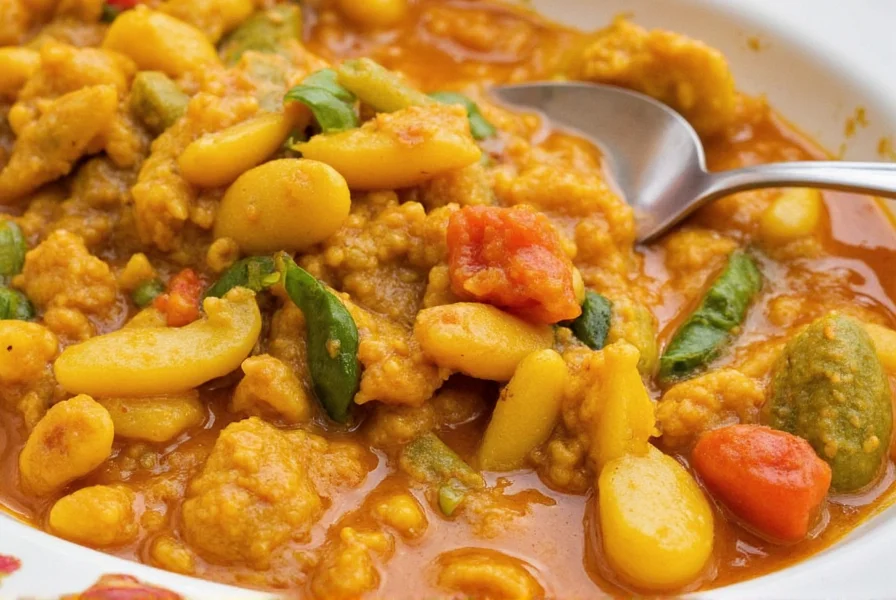
Different Types of Curry and Their Characteristics
Curries come in many forms, each with its own unique characteristics. Here's a quick comparison of popular varieties:
| Curry Type | Color | Texture | Flavor Profile |
|---|---|---|---|
| Chicken Curry | Golden | Smooth | Rich and savory |
| Vegetable Curry | Green and red | Chunky | Earthy and fresh |
| Korma | White or cream | Thick and creamy | Buttery and mild |
| Massaman | Brownish | Thick and rich | Spicy and sweet |
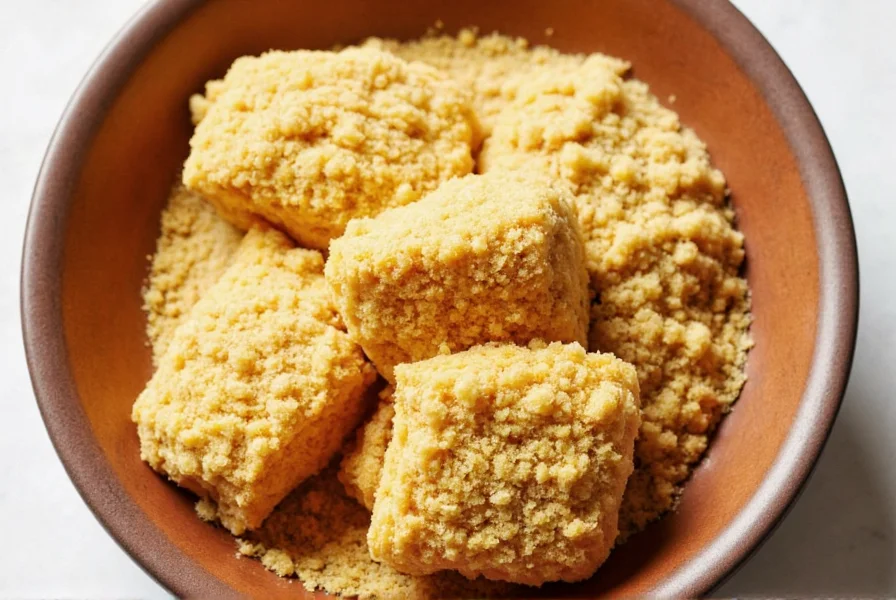
Practical Tips for Using Curry Spices
Whether you're a beginner or an experienced cook, these tips will help you get the most out of your curry spices:
- Toast the spices – Before adding them to your dish, toast them in a dry pan to release their full aroma.
- Use fresh ingredients – Fresh vegetables, herbs, and proteins bring out the best in your curry.
- Balance the flavors – A good curry should have a balance of heat, sweetness, and acidity.
- Let it simmer – Slow cooking allows the flavors to meld together and develop depth.
- Experiment with textures – Adding nuts, coconut milk, or yogurt can add a new dimension to your dish.
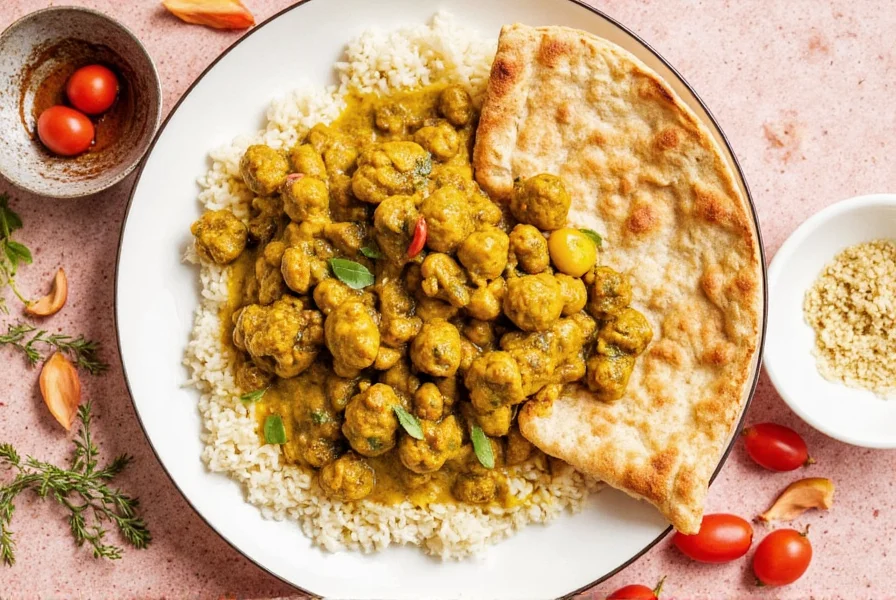
Frequently Asked Questions About Curry Spices
What spices create the most vibrant curry colors?
Turmeric is the superstar for golden yellow hues, while Kashmiri red chili powder gives a beautiful deep red color without excessive heat. For green curries, fresh cilantro and curry leaves provide that vibrant emerald tone. Saffron can add a luxurious golden-orange glow to premium dishes.
Why does my homemade curry lack depth of flavor?
Most often, this happens when spices aren't properly toasted or added at the wrong cooking stage. Always toast whole spices first, then add ground spices later to prevent burning. Simmering for 20-30 minutes allows flavors to fully develop.
What's the difference between curry powder and garam masala?
Curry powder is a pre-mixed blend of spices typically used as a base for many dishes. Garam masala is a finishing spice blend added at the end of cooking for warmth and complexity. Curry powder has stronger turmeric and cumin notes, while garam masala features cinnamon, cardamom, and cloves.
Which curry spices are essential for vegetarian dishes?
Turmeric, cumin, coriander, and mustard seeds form the foundation for vegetarian curries. Adding fenugreek leaves (kasuri methi) and amchur (dry mango powder) enhances authenticity without meat-based flavors.
How can I prevent my curry from becoming too spicy?
Start with small amounts of chili powder and adjust gradually. Add yogurt, coconut milk, or a pinch of sugar to balance heat. Remember that heat intensifies as curry simmers, so taste before adding more spice.
Buying Guide: Choosing the Right Curry Spices
If you're looking to buy curry spices, here are some key features to consider:
- Quality – Look for whole spices when possible, as they retain flavor longer than pre-ground versions.
- Source – Choose reputable brands with transparent sourcing practices and certifications like Fair Trade or organic.
- Shelf life – Check expiration dates and store spices in airtight containers away from light and heat.
- Blends – For beginners, pre-mixed curry powders can be helpful, but for authentic flavor, build your own blends using individual spices.
- Regional authenticity – Different regions use distinct spice combinations. Indian curries often feature cumin and coriander, while Thai curries rely on lemongrass and galangal.
For example, Spice Mountain offers high-quality, single-origin spices with detailed sourcing information. Their turmeric comes from Madras, known for its vibrant color, and their garam masala is blended in small batches for optimal freshness.
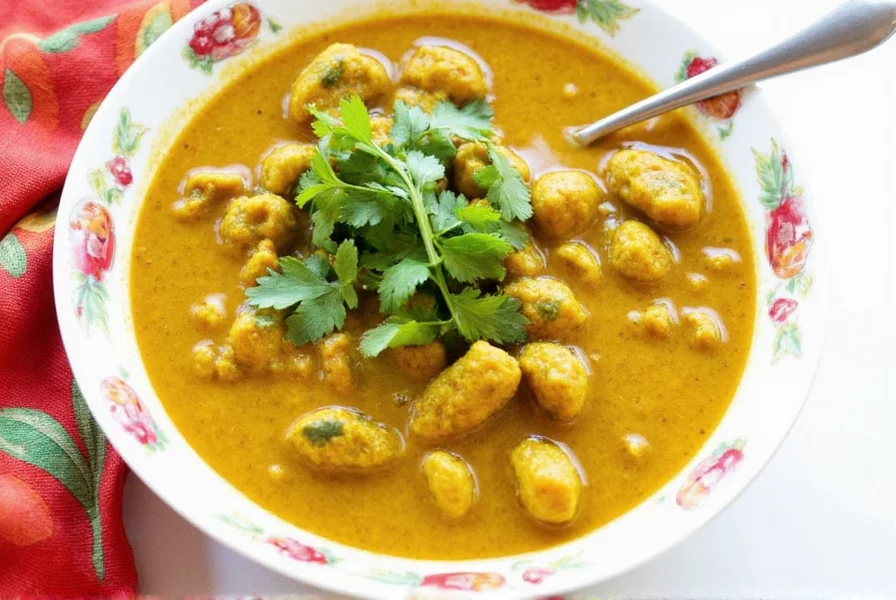
Conclusion: Mastering Curry Flavors
Curry is a celebration of culture, flavor, and creativity. From the golden hue of turmeric to the complex warmth of garam masala, each spice plays a vital role in creating authentic dishes. By understanding the spice basics, experimenting with different types, and following practical tips, you can elevate your cooking and enjoy the rich flavors of curry. So next time you cook curry, remember that it's not just about following a recipe—it's about mastering the art of spices, one blend at a time.
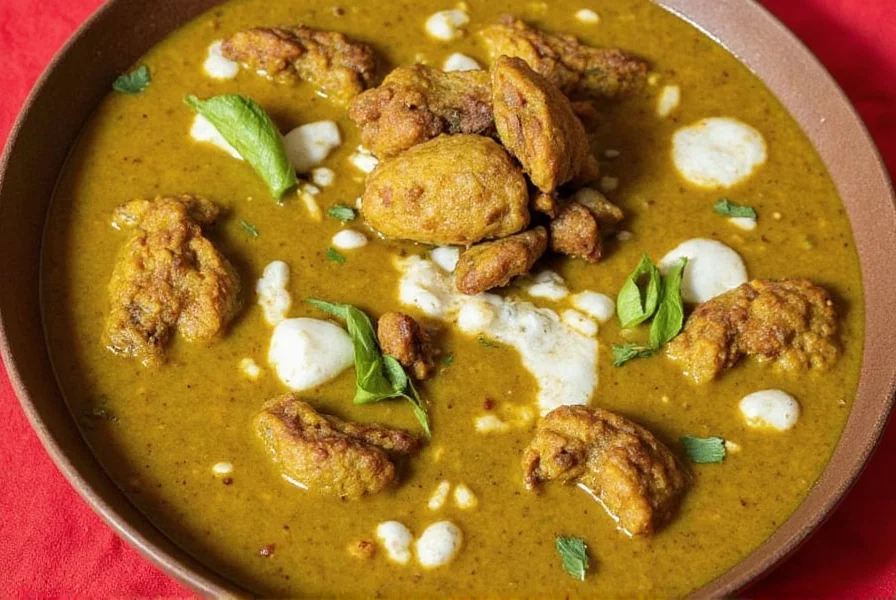
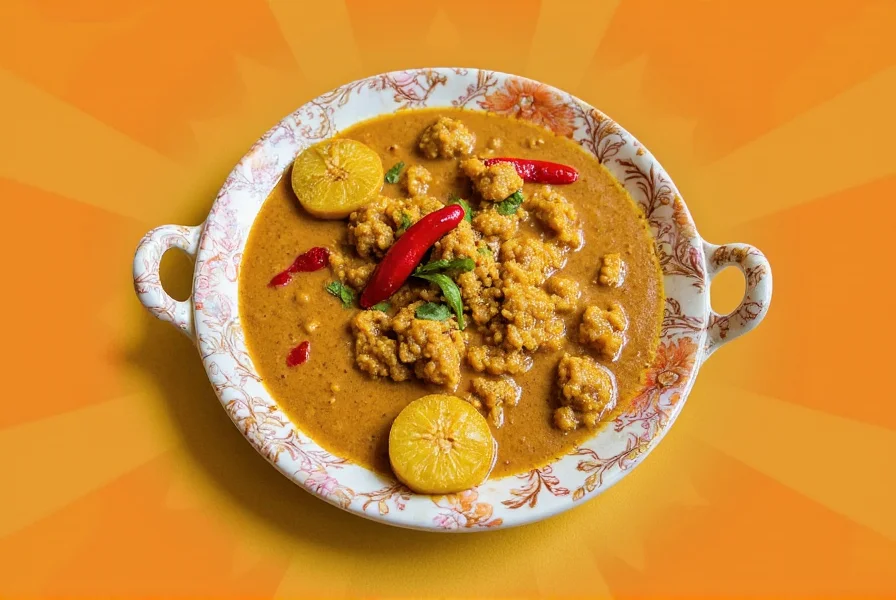
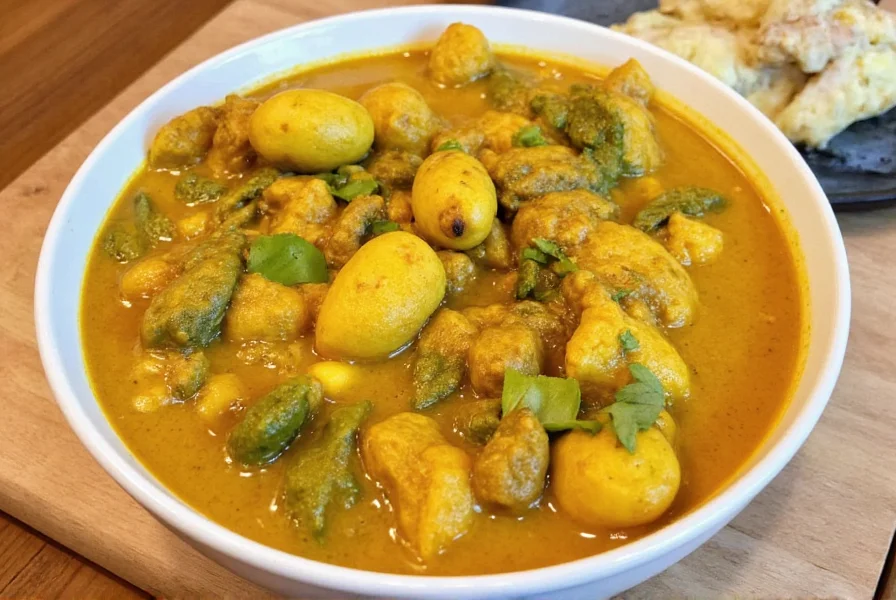
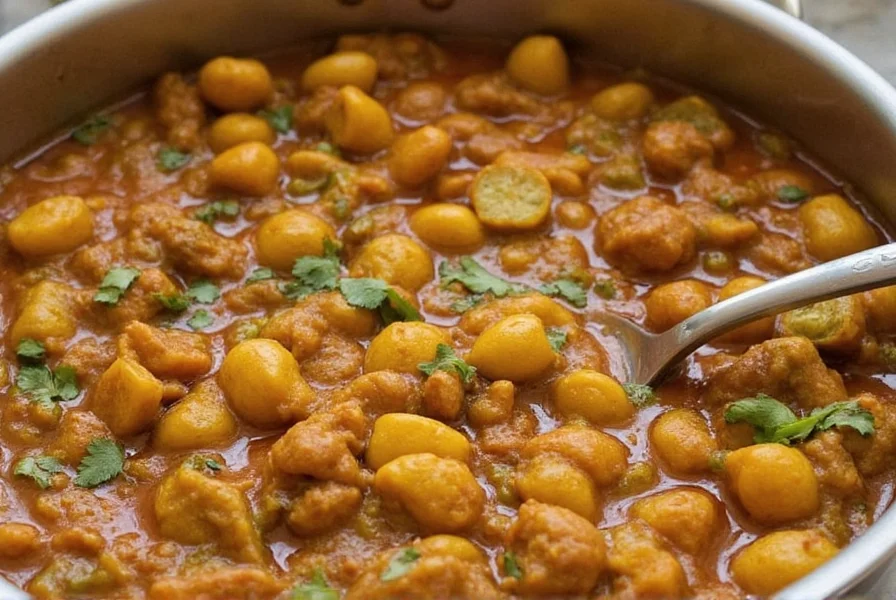
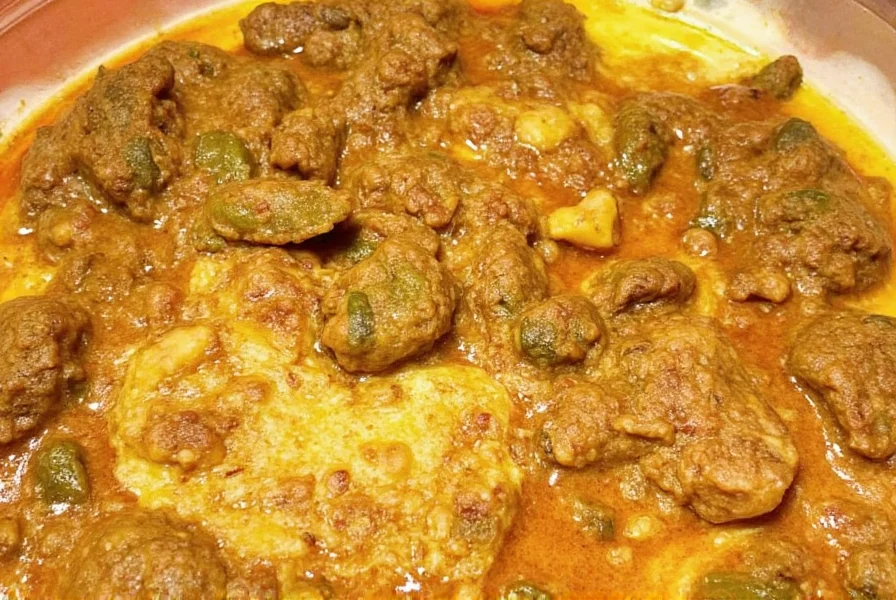

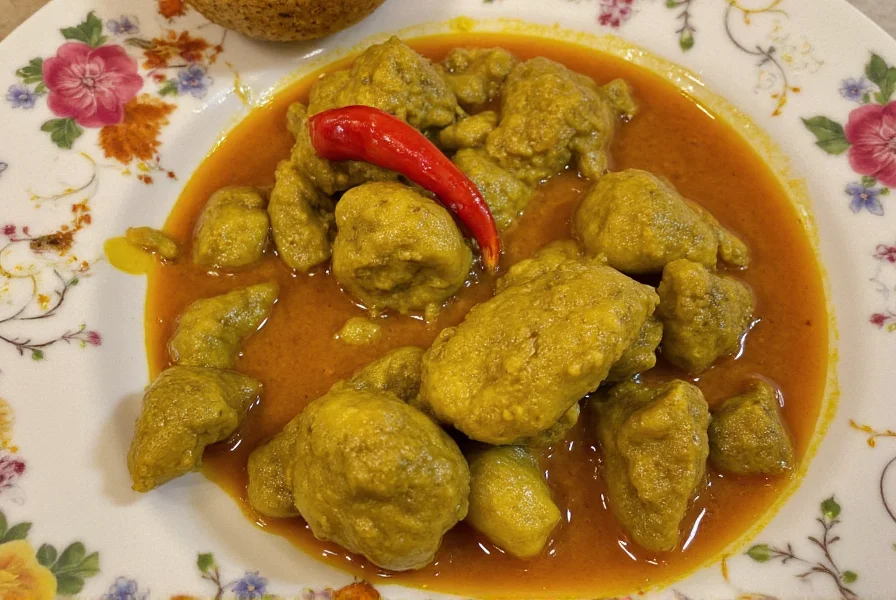









 浙公网安备
33010002000092号
浙公网安备
33010002000092号 浙B2-20120091-4
浙B2-20120091-4